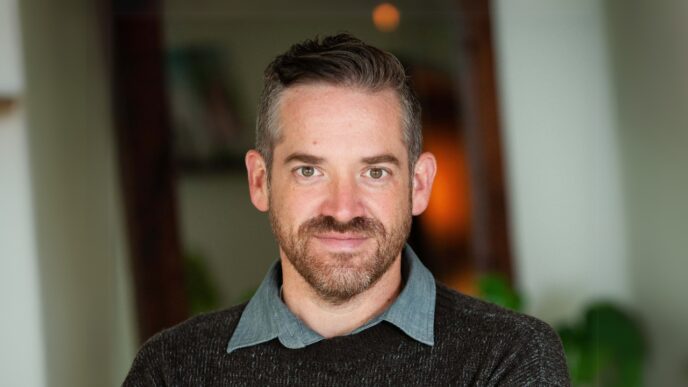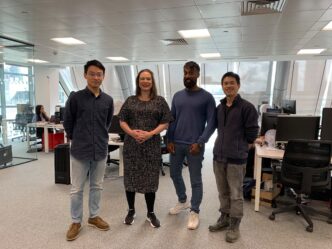MicroTransponder, Inc., a leader in stroke rehabilitation, has raised $65 million in Series F funding to expand the adoption of Vivistim Paired VNS Therapy. This FDA-approved breakthrough is the first intervention clinically proven to help chronic stroke survivors regain upper limb function faster and more effectively than standard therapy.
The investment round was led by US Venture Partners (USVP), with continued support from Osage University Partners, Action Potential Venture Capital, GPG Ventures, The Vertical Group, and Exceller Hunt Ventures. Two new investors, Gilde Healthcare and Longitude Capital, also joined. Their support highlights growing confidence in Vivistim’s potential to transform stroke rehabilitation.
A New Approach to Stroke Recovery
For many stroke survivors, regaining movement in their hands and arms is a long and frustrating journey. Traditional therapy often leads to limited improvement, leaving patients with lifelong challenges.
Vivistim offers a different solution. It combines vagus nerve stimulation (VNS) with high-repetition therapy to enhance brain function and improve motor recovery. A small implanted device sends mild electrical pulses to the vagus nerve during therapy. These signals help the brain reconnect and restore motor functions.
Clinically Proven to Enhance Recovery
Vivistim is the only FDA-approved therapy for chronic stroke survivors that provides 2-3 times more upper limb function than standard stroke rehabilitation.
Recent clinical studies confirm that Vivistim users see faster and stronger recovery. Research presented at the 2025 International Stroke Conference by two independent stroke centers supports these results. These real-world findings reinforce earlier clinical trials that demonstrated long-term benefits.
Making Vivistim the New Standard for Stroke Care
MicroTransponder is working to make Vivistim a standard stroke treatment. Casey Tansey, a general partner at USVP and board member at MicroTransponder, emphasized the company’s vision.
“The MicroTransponder team is setting a new standard for stroke rehabilitation,” said Tansey. “With strong clinical results and growing adoption, Vivistim is transforming stroke recovery.”
The FDA’s Breakthrough Device Designation highlights Vivistim’s potential to change the way stroke survivors regain function.
Expanding Access in Leading Stroke Centers
MicroTransponder is partnering with top hospitals to increase access to Vivistim therapy. The company has already introduced the therapy in:
- 20% of Joint Commission Comprehensive Stroke Centers
- 50% of Becker’s 2024 “100 Great Neuro and Spine Programs”
Richard Foust, CEO of MicroTransponder, spoke about the expansion.
“We’ve worked with leading hospitals to bring Vivistim to more stroke survivors,” said Foust. “This therapy fills a critical gap in stroke care, giving patients real hope for better recovery.”
Helping Stroke Survivors Regain Independence
Many stroke survivors struggle with everyday tasks like dressing, eating, and writing. Traditional therapy may help, but progress is often slow and incomplete.
Vivistim changes that by helping the brain form new connections even years after a stroke. The therapy fits into existing rehab programs, making it easy for patients, caregivers, and therapists to use.
One major advantage is its ability to enhance neuroplasticity. By stimulating the brain’s natural recovery process, Vivistim helps patients regain control of their arms and hands faster than conventional therapy.
The Future of Stroke Rehabilitation
MicroTransponder plans to use the $65 million investment to:
- Increase hospital adoption of Vivistim therapy
- Expand clinical support for healthcare providers
- Develop educational programs to raise awareness
Healthcare professionals can visit Vivistim.com/health-pros to learn about clinical research, patient eligibility, and program setup.
With strong investor support, growing hospital partnerships, and proven results, MicroTransponder is poised to reshape post-stroke rehabilitation. Vivistim is giving stroke survivors a second chance at independence and a better quality of life.
For more funding news, click here.













